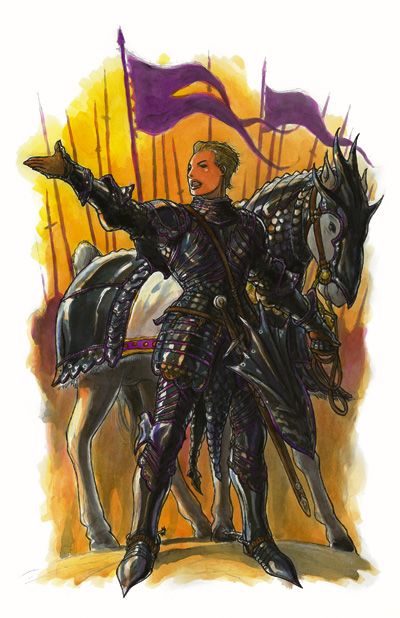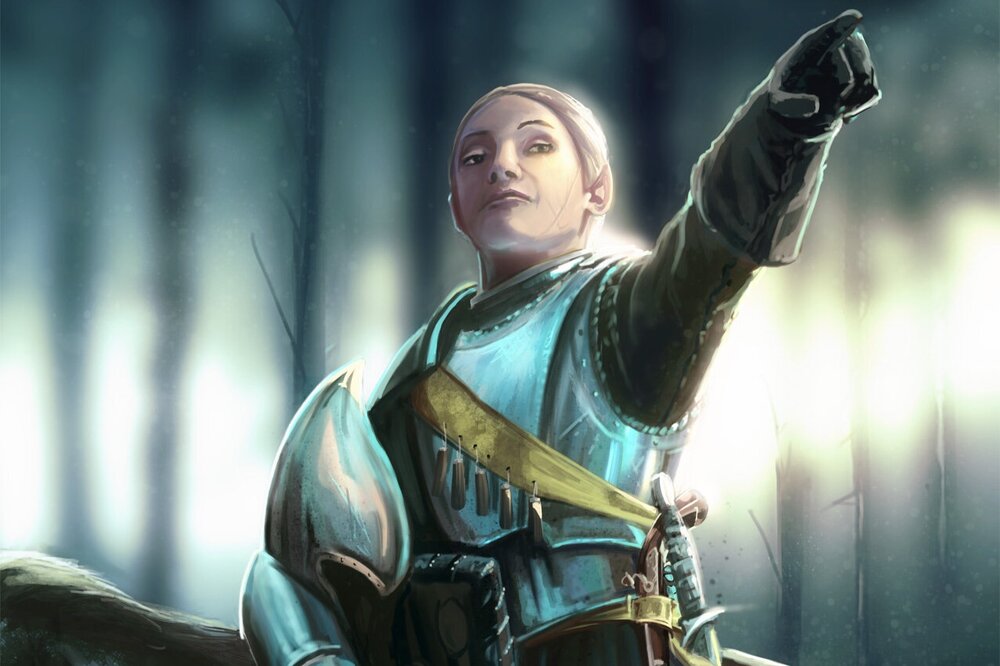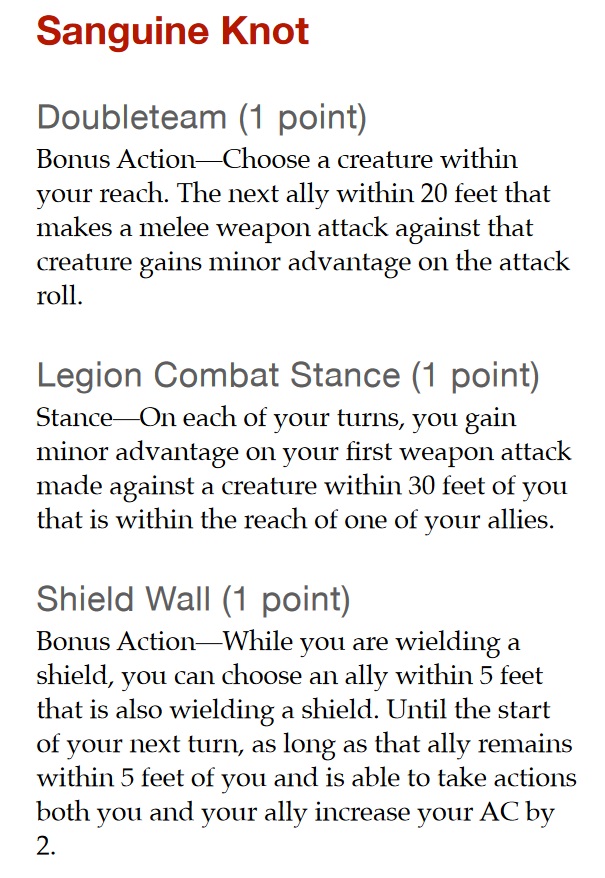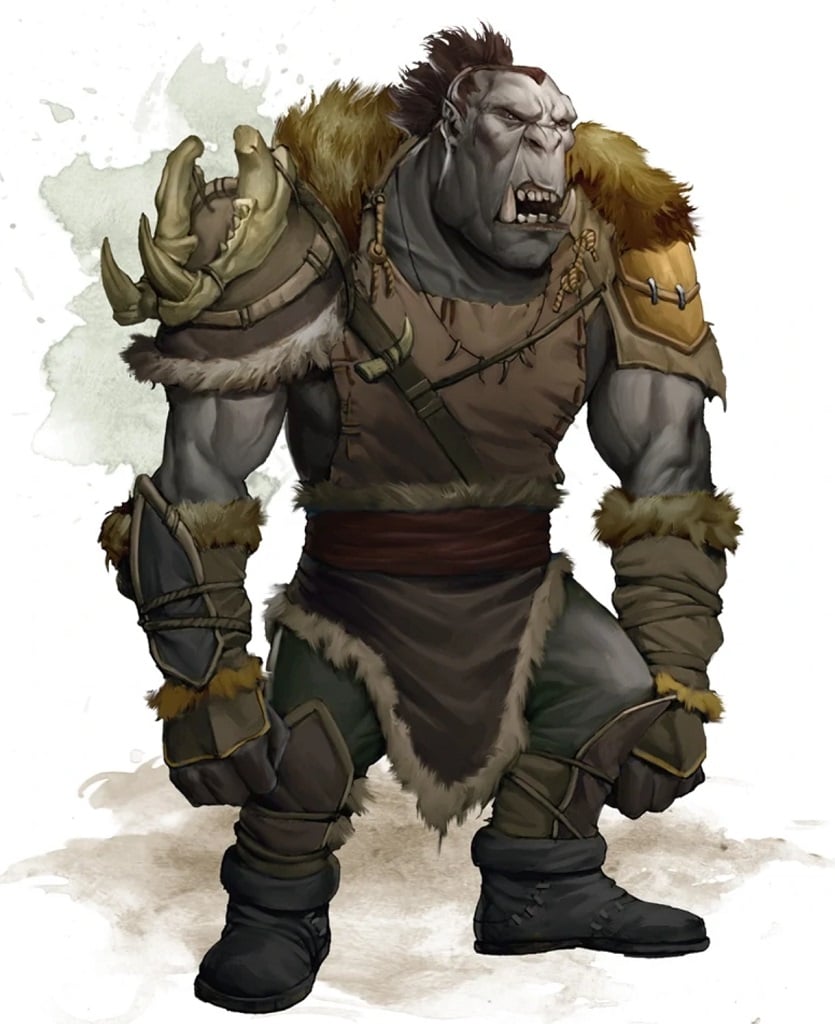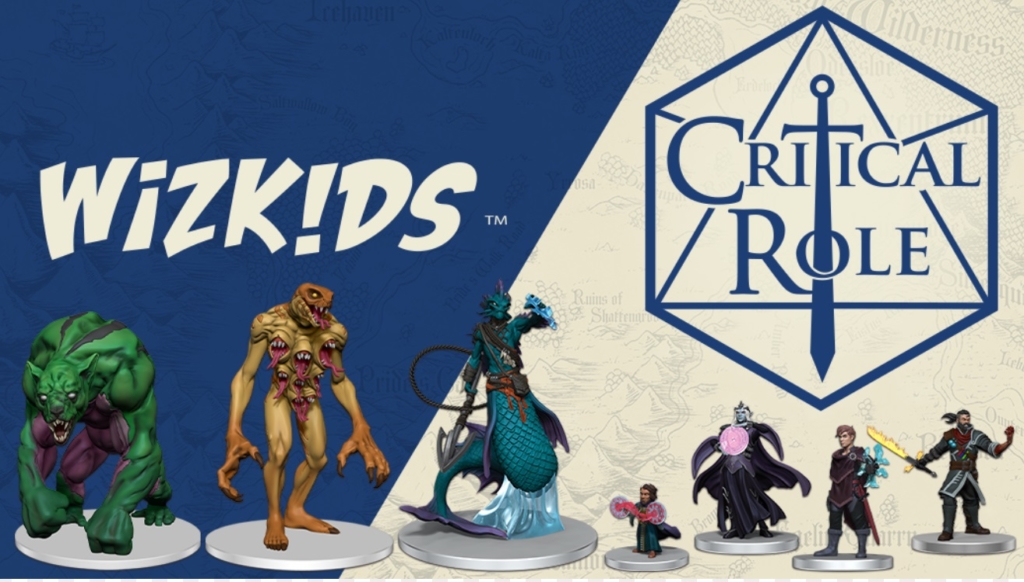D&D: Level Up’s “Advanced” Warlord

Fans have been clamoring for a 5th Edition Warlord since the beginning–and now, the makers of the “Advanced 5th Edition” have one.
Warlords are awesome, and it’s a crying shame that WotC dropped the concept from 4th Edition. Sure, they were a little unusual, in that you had a martial character whose presence on the battlefield and encouraging words allowed them to fulfill the role of someone like a Cleric or Bard, but more combat-focused–but that’s exactly what D&D needed.
There’s a reason this class is so beloved by players who got real into 4th Edition. It offers you a concrete way to wield your party as a weapon, much the same way a powerful wizard might. And now, the folks at Level Up, the “Advanced 5th Edition” ruleset have gone and created a Warlord for their own take on a crunchier 5th Edition ruleset. Check it out right here.
via Level Up
Welcome to the 9th Level Up playtest document. This playtest contains a candidate for the game’s warlord class. The warlord is a new class and — like our spell-less ranger — we have allocated two playtest slots for it. This is the first document; a revised playtest version may appear next week based on your feedback.
Note that this class references two rules elements which have not yet been previewed — followers, and strongholds. Those will be revealed at a later date.
This version of the Warlord has much of the old 4th Edition spirit. They’re still a martial leader, they’re still all about boosting your party, but with more of a consistent opportunity. The core of the class can be found in its 1st level features, there’s no waiting around for the warlord to feel like it’s doing what it says.
Right away you get Commanding Presence which is a 10 foot aura that lets you boost your allies while they’re within it. At its most basic, Commanding Presence lets you forgo one attack when you take the Attack action and allow a friendly creature within your aura make an attack instead. It can either make one weapon attack or cast a cantrip with a reaction. And your presence increases every five levels, going to 20 feet, then 30, then 45, and capping out at 60 feet at 20th level.
And Rallying Surge is the other feature. This is the healing side of the Warlord. As a bonus action you can heal an ally for 1d8 + your warlord level hit points. Which isn’t much to start with. At 3rd level you can target 2 allies, and at 7th level you can use this feature once per short or long rest instead of just every long rest.
And with those two features you have much of the same functionality. But that’s just the skeleton. The Warlord builds on it beautifully. Like all classes in Level Up, they get Combat Maneuvers and Exploration Knacks to offer additional flexibility and customization in and out of combat. They have access to a lot of teamwork focused ones. And they have all the other martial bells and whistles, including an extra attack at 5th and 11th level.
At 5th and 6th level your features change again. You gain Combat Directives which lets an ally making an attack thanks to your Commanding Presence use one of your Combat Maneuvers from the Sanguine Knot tradition when they make their attack. Here’s a taste of what that might be like:
At 6th level Call to Arms grants everyone in your Commanding Presence a bonus to initiative. By and large the rest of the class is like this, boosting your Commanding Presence and giving you more options when using it. What I really love are the levels that let you color what kind of Warlord you are. At 12th level you get a Commanding Demeanor that gives you additional abilities depending on whether you’re calm, resolute, or responsive. You gain a Stronghold–and this is a great reveal that strongholds and followers are coming–as well as a reputation that’s almost as effective as you are at winning encounters.
But where the Warlord really shines is in the subclasses. There are three listed here, and they make the Warlord play wildly different. Let’s take a look.
The Gambling General is all about taking bold risks and desperate battle maneuvers. If you want to be daring and reckless, this is the class for you. It works off of your Commanding Presence, letting your allies take risks in the hopes of getting rewards. Like making a daring charge at twice their speed but in exchange for giving creatures that they did not attack advantage when attacking. The whole class is about tradeoffs that, if they work out, will make you feel amazing.
The Peasant Lieutenant on the other hand, is all about fast movement, maneuverability, and taking cover. This reflavors your Commanding Presence to be all about positioning and resilience.
My favorite though, is Tactical Commander which doesn’t really play with the Commanding Presence at all. It gives you access to a ‘tactics die’ which your allies can use to increase the results of an attack roll, and as you level up, you can grant bonuses to certain actions that reflect your allies’ training together under your auspices.
Download the Warlord Playtest Today
Happy Adventuring!

